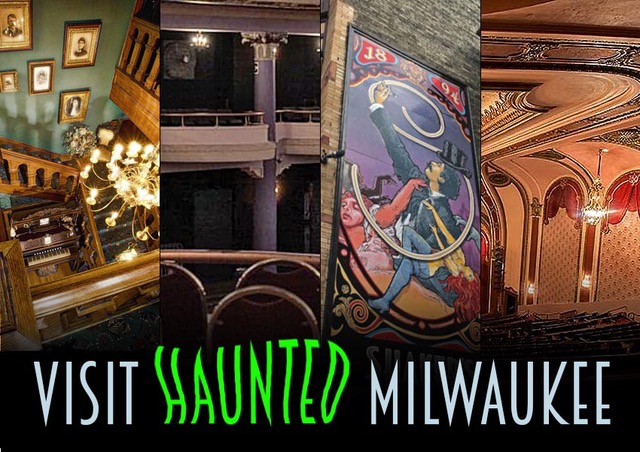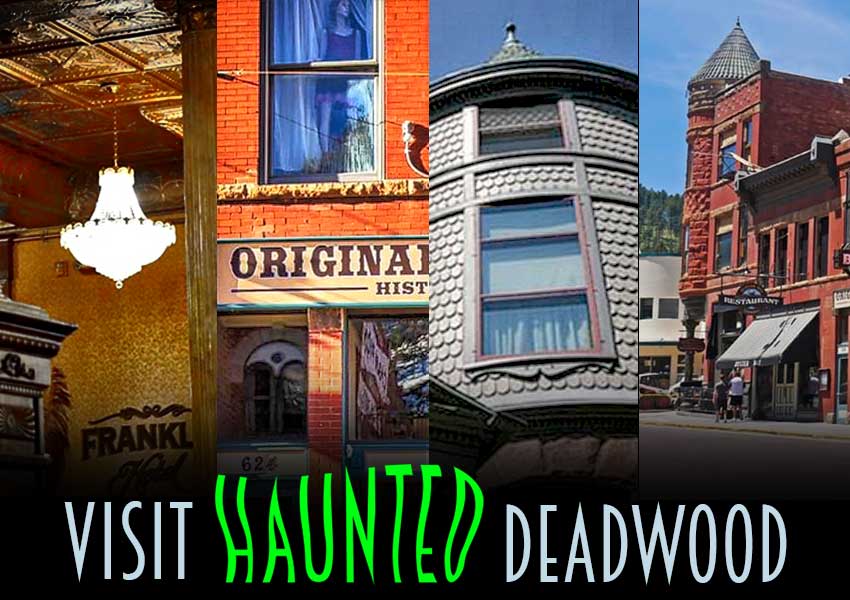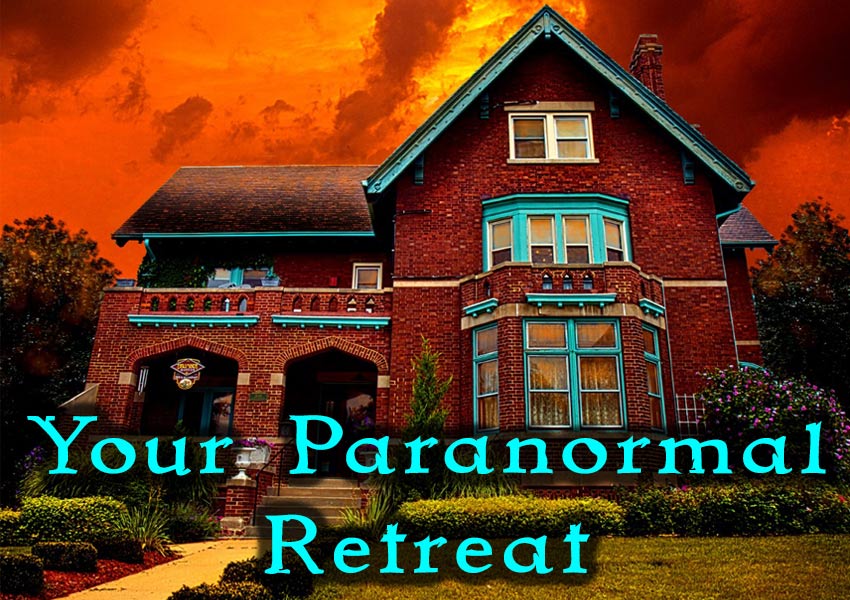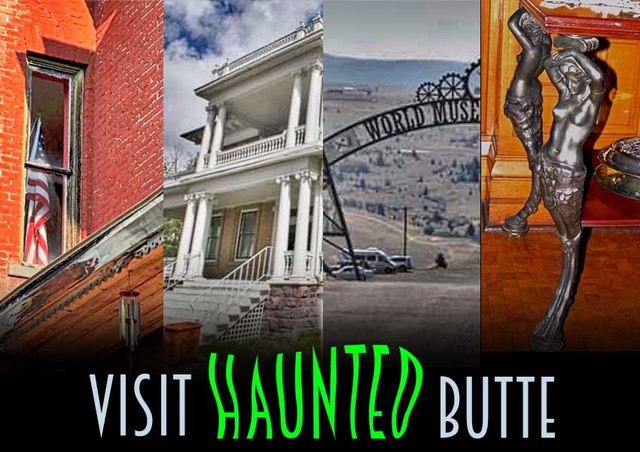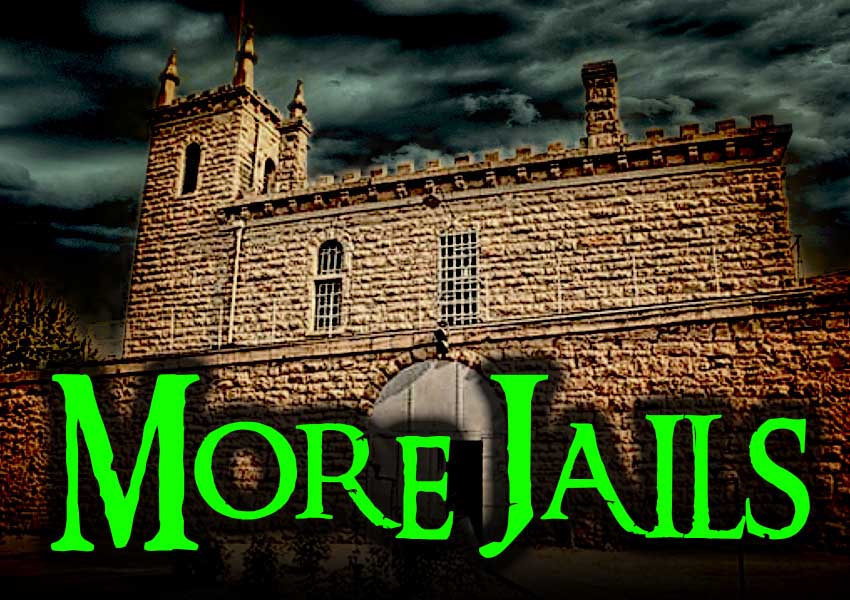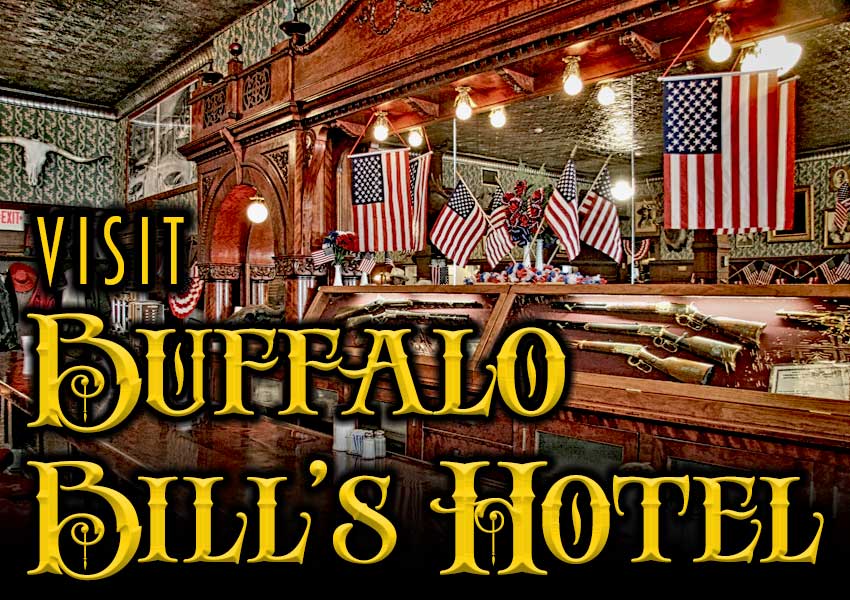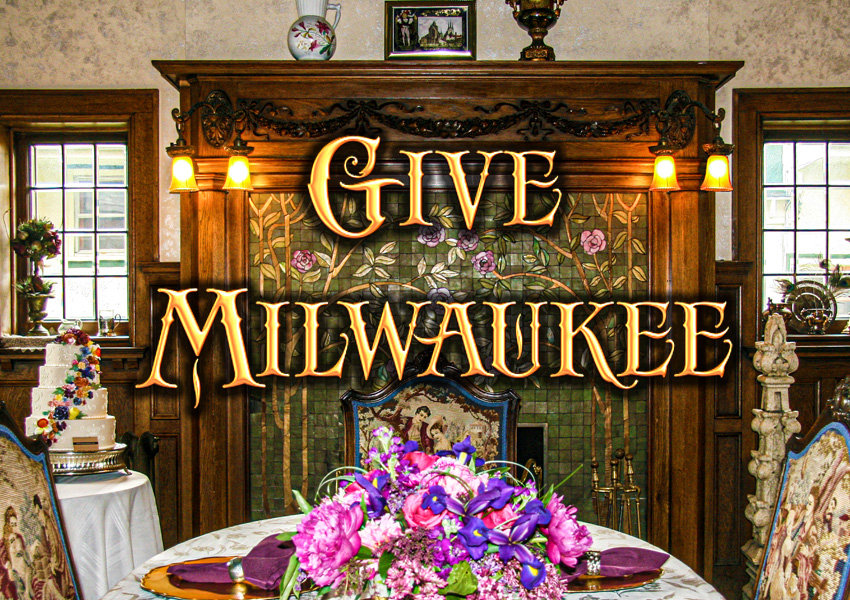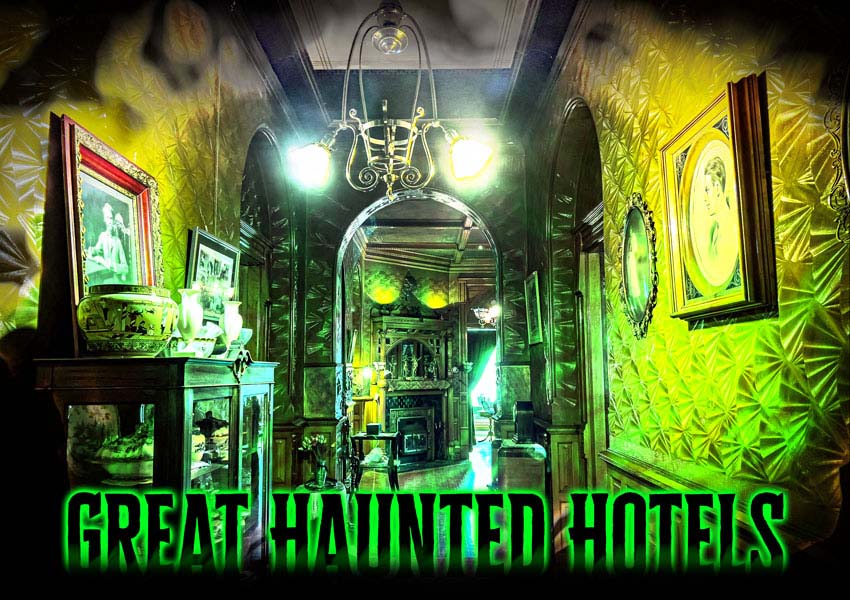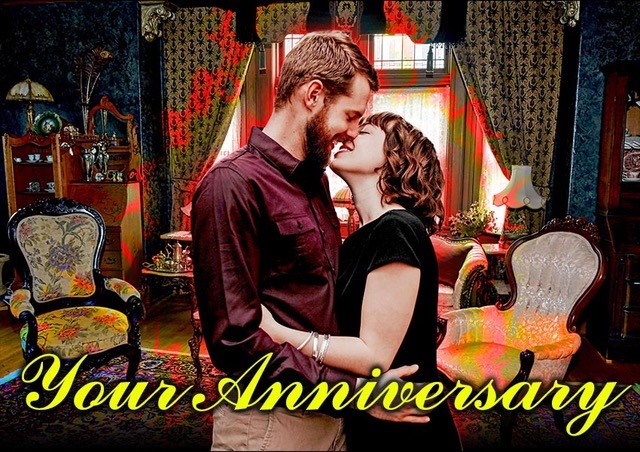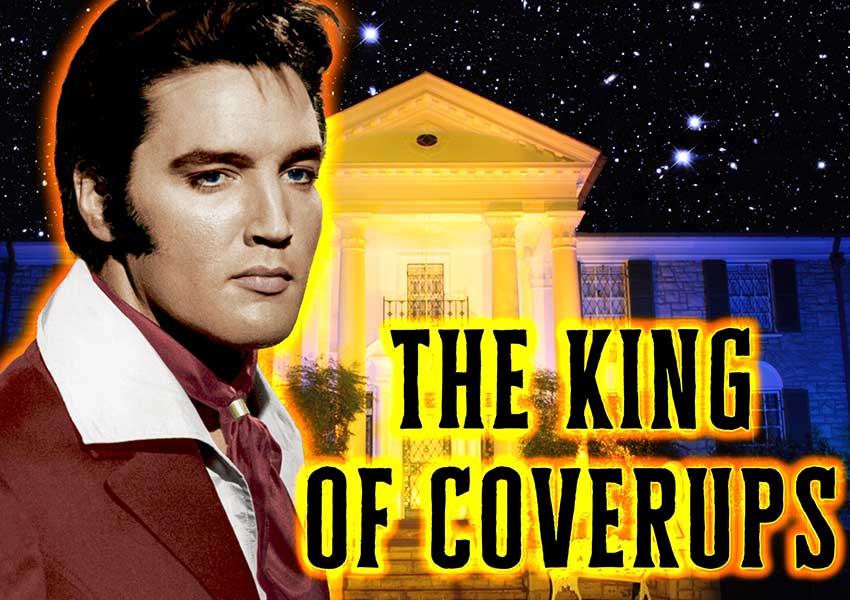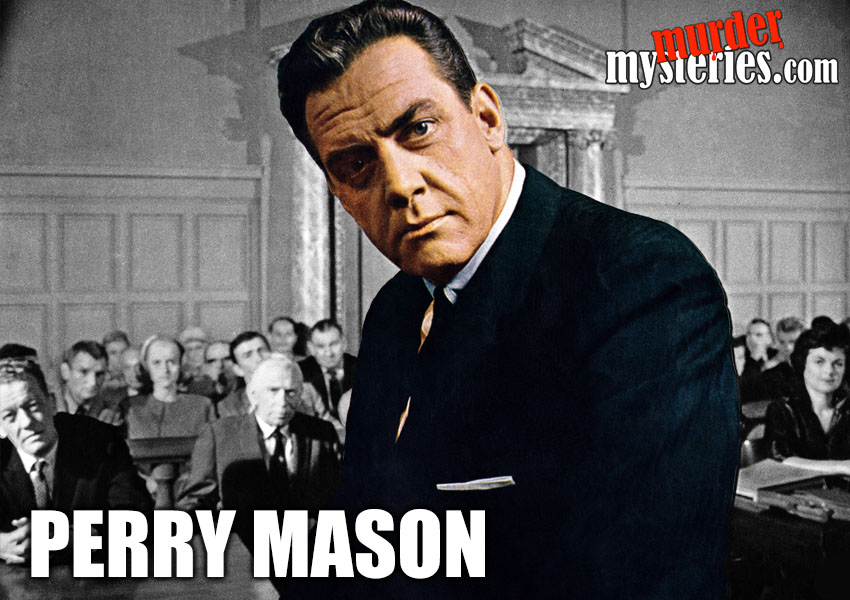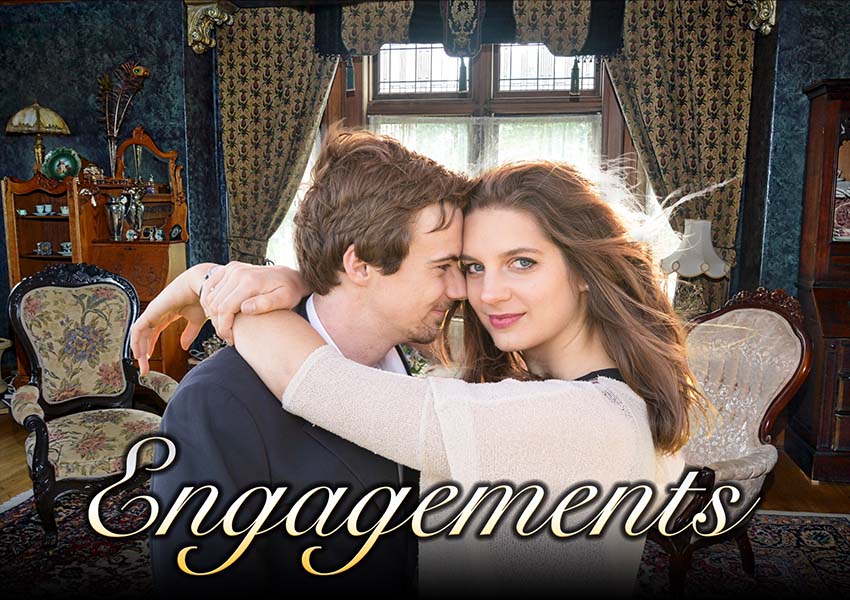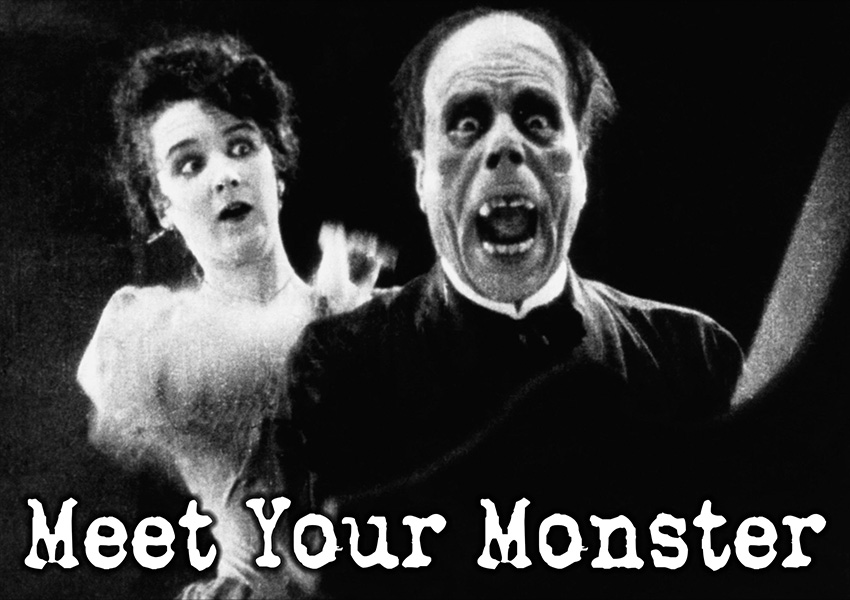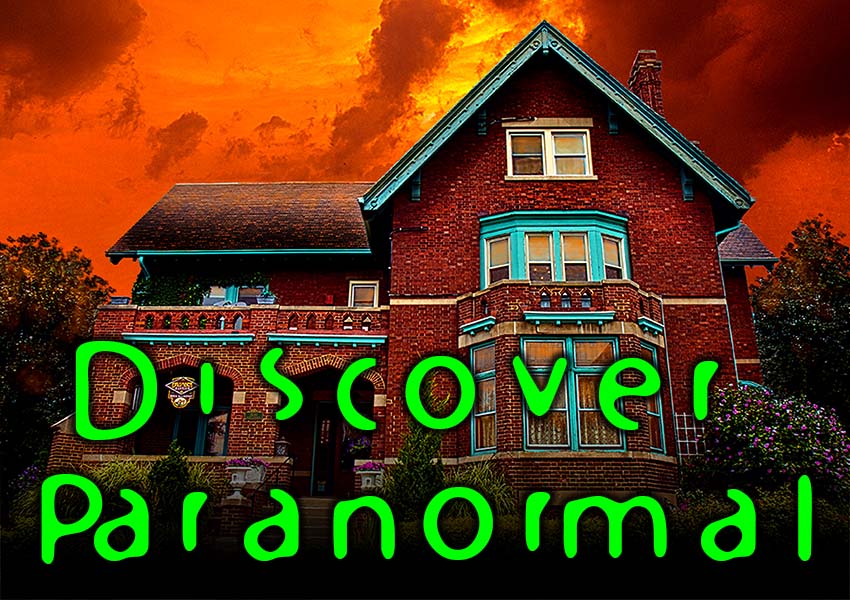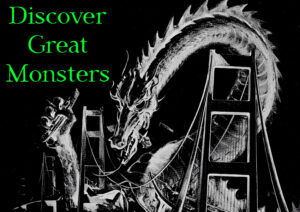Mandan North Dakota
Custer House
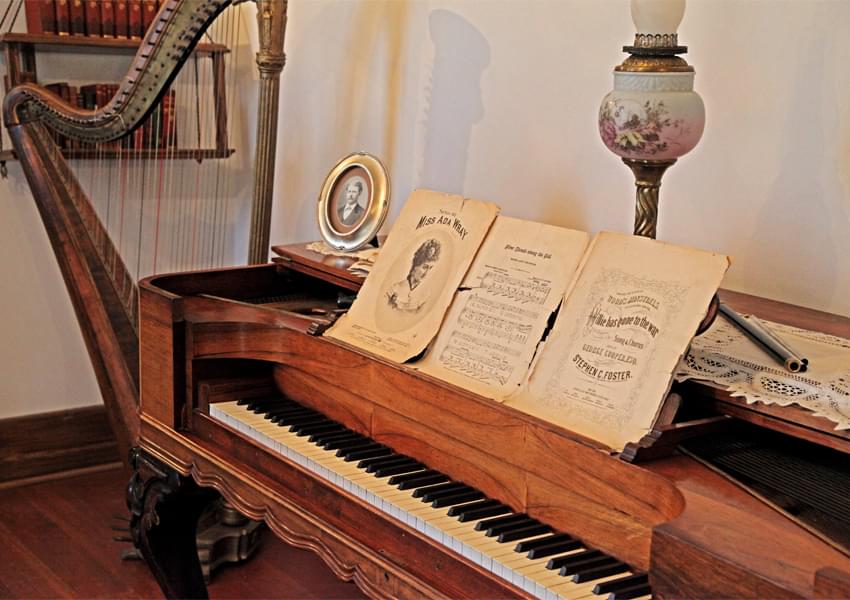


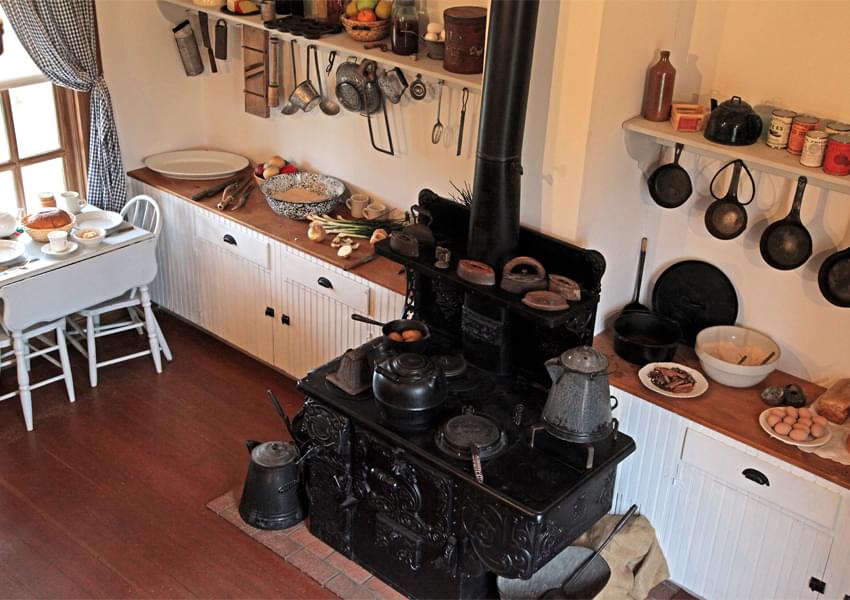
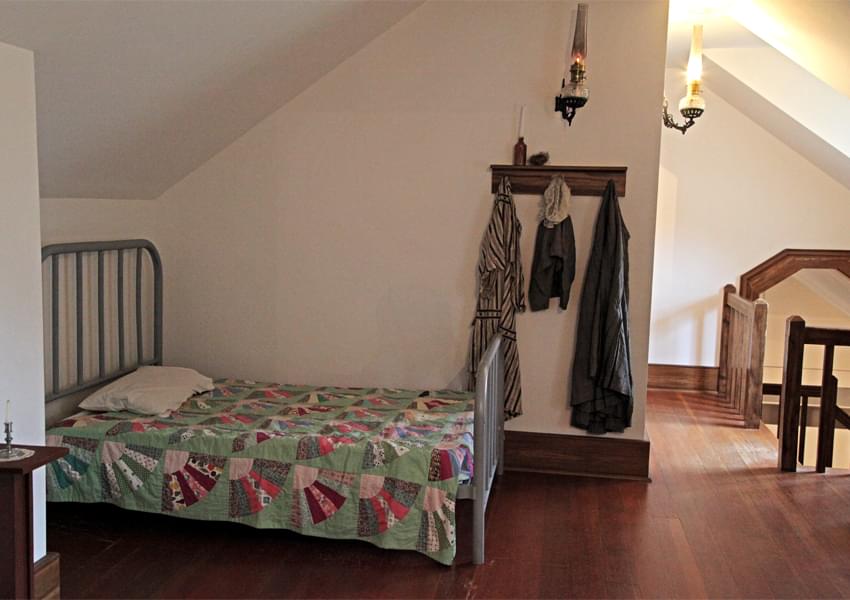
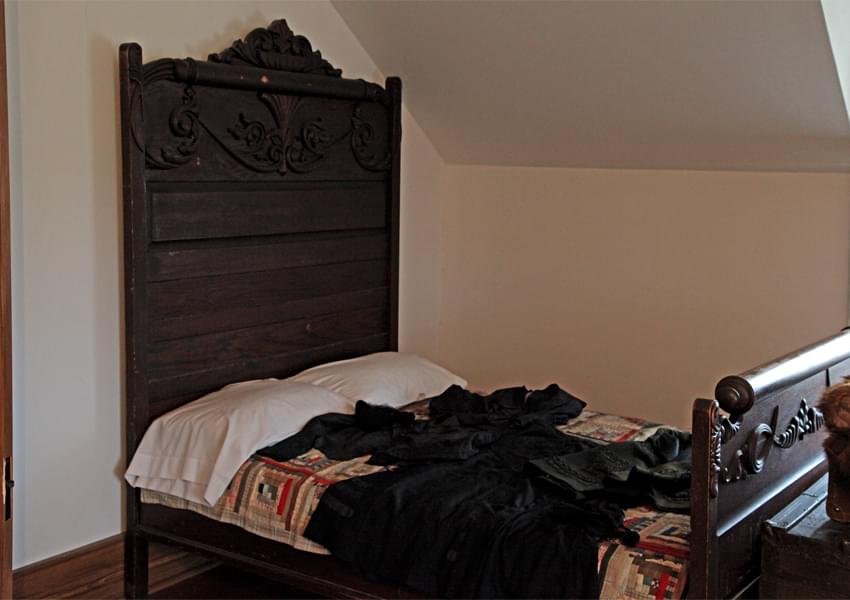

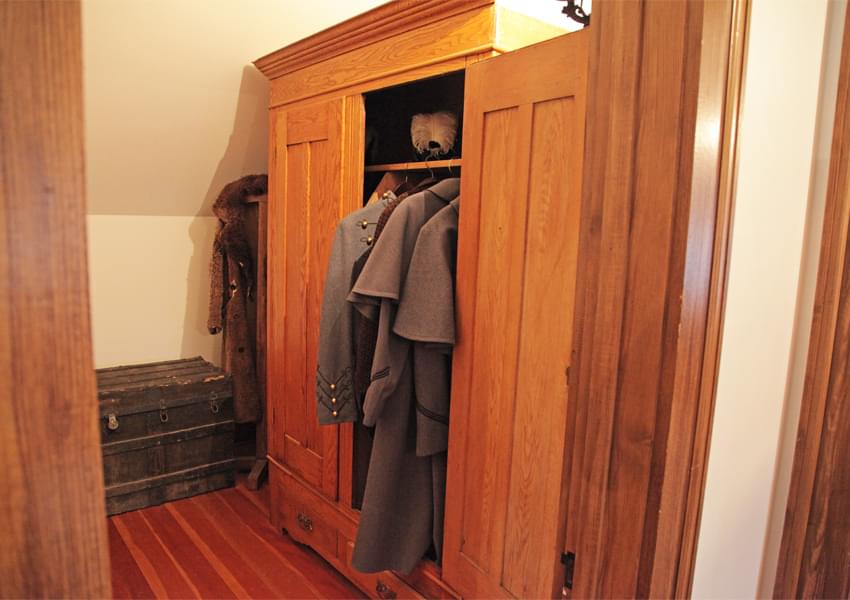
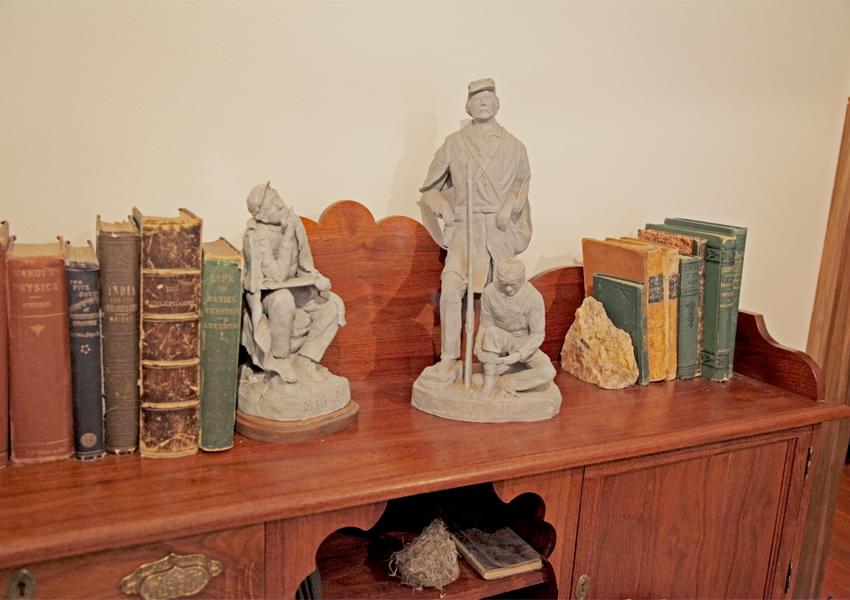
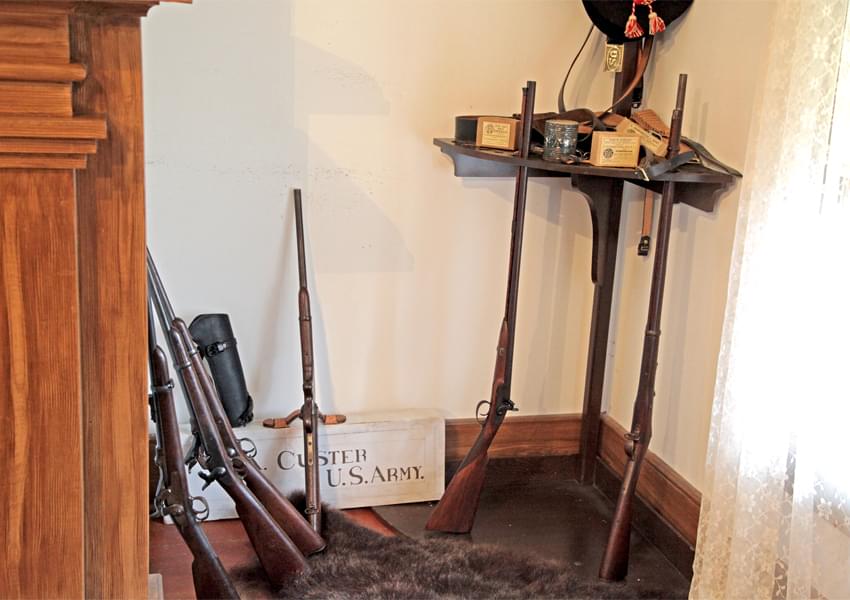
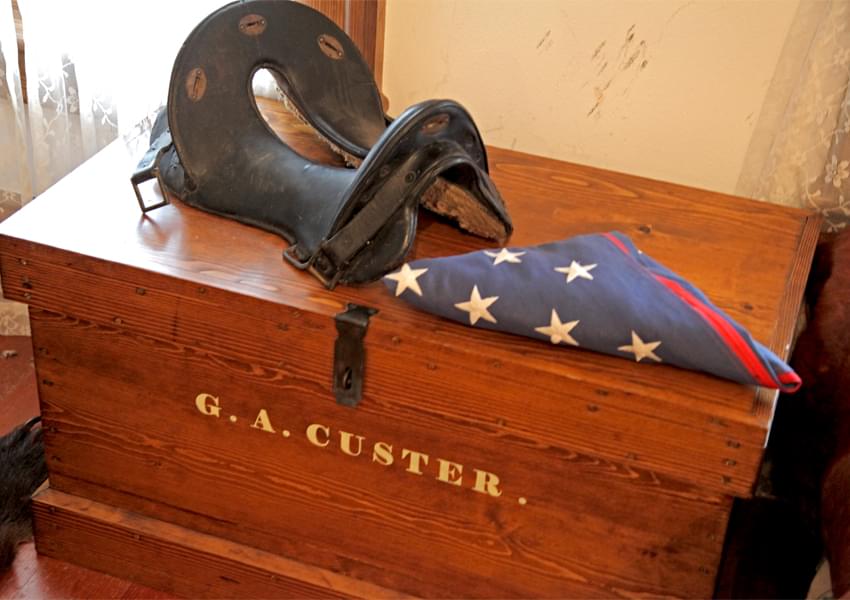
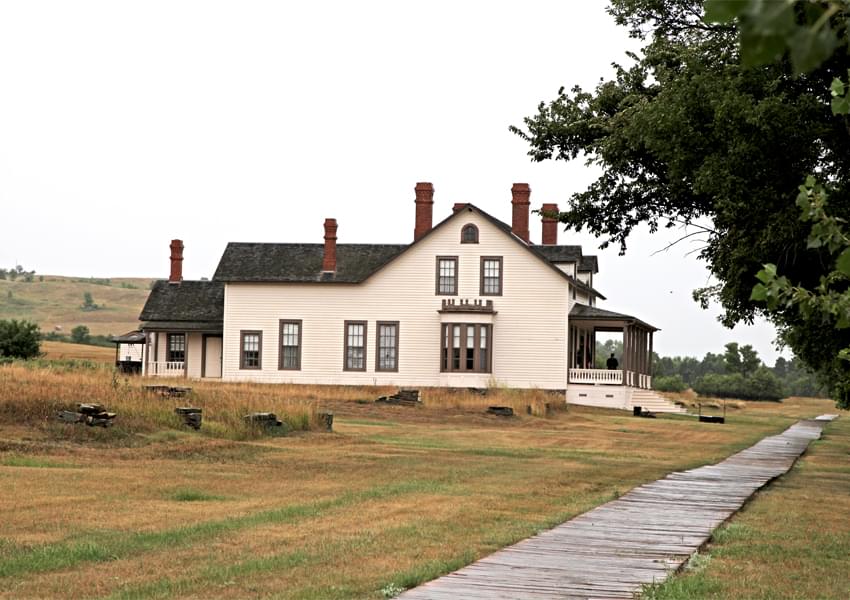

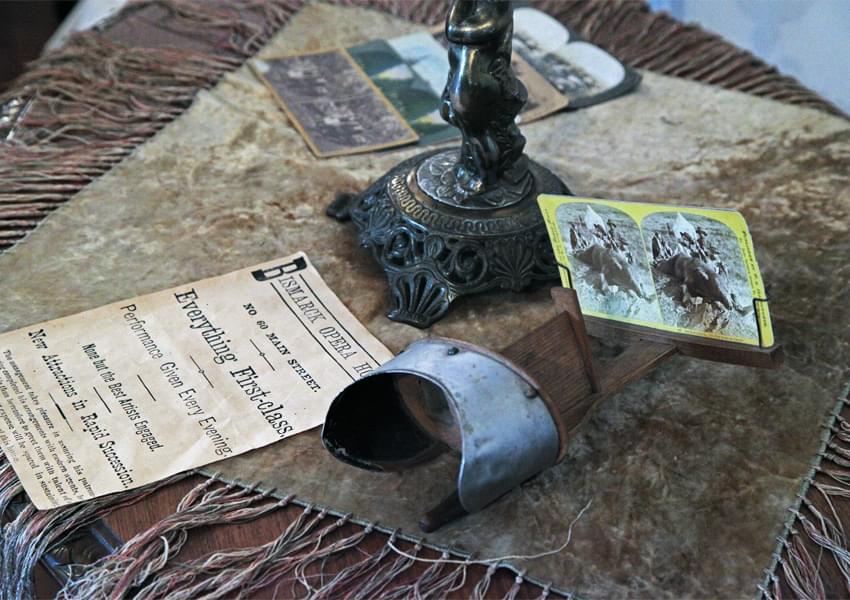
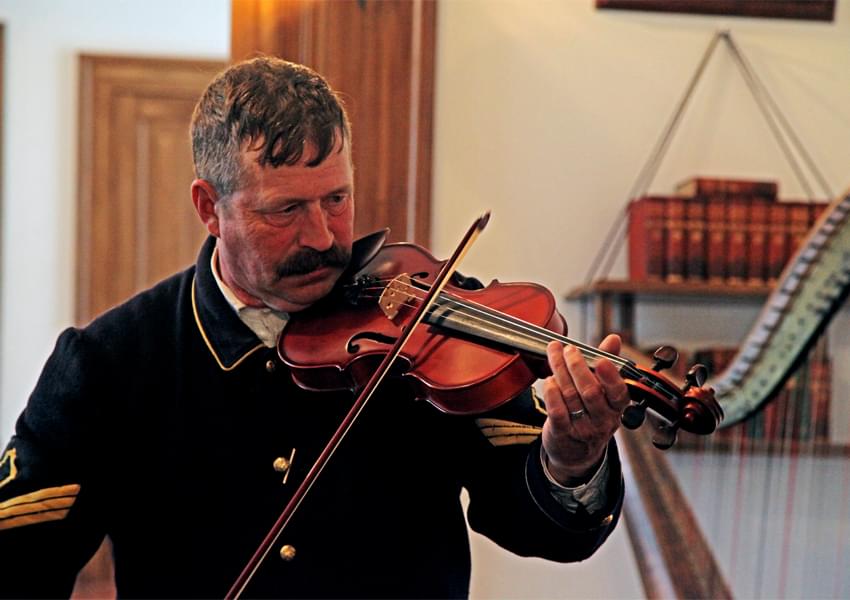
This reconstructed home brings comfort to the Custer family and other casualties of Little Bighorn.
DESCRIPTION
The Custer House is a handsome, wooden, 2 story home with a wide front porch, having all the areas and space needed for a proper home for a commander of a fort. Using Custer’s own 1874 plans, The Fort Abraham Lincoln Foundation, a successful non-profit organization, rebuilt Custer’s House in 1989. Tom and I visited Fort Abraham Lincoln on a road trip, and took The Custer House Tour. As of the summer of 2012, The Custer House is the only one of the officer’s homes that has been rebuilt, though the house of Lt. Col. George Custer’s brother, Tom Custer, an honored Civil War hero, is the next home scheduled at some date to be the next to be rebuilt.

The gathering place for the tours of this home is on the lovely, long front porch; We sat on the benches there, taking refuge from the rain. I went on ahead to the house as Tom had to get something out of the car. As I came onto the front porch, I had stepped back in time, as if it was the year, 1875. A sergeant, dressed in his 1875 uniform, met me and asked where my male escort was, giving the advice that I should walk with my husband next time, as a principle of safety. When we had all gathered on the front porch, sitting on the benches there, enjoying the dry spot and the view, the sergeant explained, that since Mr. and Mrs. George Lt. Col Custer were in town attending the opera, we could take a tour of the Custer Home. The sergeant then asked one of the young people with us to read the house rules that included “Staying together, and NOT TOUCHING anything”, or face being put in the jail!!
On the first floor we were led to the parlor, where the good sergeant played the fiddle for us, “Oh, Susanna”, near the piano. He invited a young person to play a song on the piano as well. The parlor was home to lots of family pictures, Mrs. Custer’s favorite curtains, other personal artifacts, and period furniture. The parlor rumble doors were of interest. We continued on, visiting the dining room, kitchen and other common rooms on the first floor, before going upstairs.
On the second floor, we visited the servants’ rooms, guest rooms, and the master bedroom, as well as the study, and officers’ game room; all set up like these areas would have appeared in 1875. Our guide had fun with us in the officer’s game room, that had a pool table, and some small tables where non-gaming card games, etc. were played. The sergeant quizzed us about what kind of card games we played, being sure to state that no gambling games like poker were allowed. Classic card and board games like cribbage, chess, checkers, bridge, were games of the day; nothing else was accepted!
Libby Custer was a detailed-oriented person, and a careful manager of her household. She had written down the inventory of all their furniture that they had purchased for their home. She did so in such detail that many furniture pieces that are on display in the various rooms have been reconstructed according to Libby’s descriptive accounts of their possessions. Besides seeing many items/furniture reconstructed from the 1875 era, decorating the various rooms, actual artifacts/items that belonged to the Custers are also on display. Descendants of Libby donated many personal belongings of Lt. Col. George and Libby Custer, including many memorable photos that are displayed throughout the house, books, papers, Custer’s favorite writing desk, Libby’s favorite wicker rocking chair, some of her clothing, and some dishes.
HISTORY
Fort Abraham Lincoln was established in 1872, to protect the city of Bismarck, and the new railroad construction from Indian attacks. A small infantry post was established on a hilltop, but proved to be inadequate. So, in 1873, a full military fort was built, Fort Abraham Lincoln, that became the headquarters for 6 companies of calvary, with all the bells and whistles allowed for a standard military installation, including: 3 barracks, a commissary, a granary, a stable, probably a hospital, a parade ground, and officer row, with homes for the officers and their families. Each officer had his own home, and they all looked basically alike, probably built with the same blueprints.
After the original 1873 house built for Custer burned to the ground one cold winter, George Custer made lemonade out of lemons by redesigning some changes in the original house plans to improve the layout and features. Fort Abraham Lincoln was located way out in the country, far from civilization as most knew it. Lt. Col George Custer and Libby Custer felt the need for a slice of civilization, of normalcy for themselves, and for the officers and their wives who were stationed at Fort Abraham Lincoln as well. Lt. Col George Custer wanted a home that he could be proud of, that reflected his status a bit;(he craved the spotlight), and be a place to entertain his officers, as well as hold meetings. Common rooms were large to accommodate groups of men, and an officers’ game room was also located here, where perhaps issues could be discussed over a friendly game of pool.
Libby wanted a nice, upscale house, that provided her with a sense of a civilized life that she was missing, and was big enough and suitable to entertain all the other officers’ wives. As the wife of the base commander, she felt she should spear-head a support group for these military wives, so far from home, whose husbands faced danger during their assignments off base. They could all experience a comforting place to congregate and feel that they had some civilization to relish, friendships to develop, right there in the middle of frontier land.
Everything from the windows to the furniture were brought in by train, and boat; creating a civilized home to be enjoyed by the Custer family, and other military personnel and their families. Surrounded by their favorite possessions, developing morale, and relationships amongst the people were goals all achieved; pleasing and comforting for all involved.
George Armstrong Custer’s two brothers, equally brave Tom and Boston, as well as a nephew were also stationed at Fort Abraham Lincoln, giving them all a special place to gather as a family as well.
However, Lt. Col George and Libby Custer, as a living couple in this world, only got to enjoy their home until that fateful event; June 25th, and 26th, 1876; the days of The Battle of Little Big Horn. The Seventh Calvary, along with two other units from different forts, were given the assignment by the Federal Government to force the Native Americans who refused to sign the treaty, The Great Sioux Nation; Lakota Sioux, Northern Cheyenne, and Arapaho tribes back onto their assigned reservations. When the 7th Calvary caught up with the AWOL, angry Native American forces, the 7th Calvary were badly out-manned and out-gunned by the hostile warriors. On that fateful day, the Seventh Calvary didn’t have a chance; though it was actually the tactical error made by their commander, Lt. Col. Custer, that got them into this hopeless, terrifying situation in the first place.
Lt. Col. George Custer, perhaps thought a little too much of his abilities and too little of the abilities/numbers of the enemy. He also had a driving need to be recognized, and was known to take risks in battle. He was hoping for another victory, taking a risk to achieve glory and recognition; a strategy that had served him well during the Civil War, that resulted in advanced rank.

However, Lt. Col. George Custer tragically refused to listen completely to wiser voices, his own Native American scouts, who knew what they saw. To be fair, Lt. Col. Custer was a well-trained, brave commander, and was determined to stick with the battle plan, strategized by his commanding officer, General Philip Sheridan, that involved two other calvary units. He did alter his original plan of attack, but it wasn’t enough this time to avoid disaster.
After looking at a biography of the man, I can see where this need for recognition and being in the spotlight came from. He was one of 5 children, and was sent to live with a relative at some point. He was disciplined a lot at West Point for the practical jokes he played on fellow cadets. I think his behavior reflect an unmet need for love and attention as a child, that haunted him his whole life. He dearly loved his Libby, and she dearly loved him. He valued this relationship above his job, and was willing to be suspended for a year for an unscheduled visit with his wife, who needed him for some dire reason.
The men of the Seventh Calvary who rode with Custer in this campaign, including two of Lt. Col George Custer’s brothers and one nephew, suffered painful and terrifying deaths at the Battle of Little Big Horn. The dead were buried where they fell, and the whole battlefield eventually became a National Park. Tom and I visited The Little Bighorn Battlefield National Monument at Crow Agency, Montana. Both sides of this battle were honored. A feeling of sadness, and tragedy fills the soul. It is sickening. The irony of it all is that the Black Hills was an area originally deemed to be on the Indian reservation in the original 1868 Treaty, but was removed soon afterward, when gold was discovered.

Life went on at Fort Abraham Lincoln. The widows and their families moved back home, and new calvary troops and officers were sent to replace the ones that were killed in the line of duty; but change was soon to come. In 1883, Fort Abraham Lincoln’s 7th Calvary units were sent to defend Fort Meade, as the railroad was completed, lessening considerably Fort Abraham Lincoln’s importance to the area. The post was decommissioned and left to the elements in 1891, by order of Congress, after a new Fort Abraham Lincoln was built on the other side of the river. Hmmmm… Perhaps paranormal activity inspired the building of a new fort on the other side of the river!
However, all the buildings didn’t stand forlornly for years, to be destroyed by the weather. Just a year later, settlers and townspeople dismantled the entire fort, for the nails and wood, not letting such precious commodities go to waste. Though declared a state park for some years, it wasn’t until 1932, during the Great Depression, that the buildings began to be rebuilt. The Civilian Conservation Corps built the cornerstones of where the fort used to be. In 1934, this same group built a visitor center, shelters, and roads. They also reconstructed military blockhouses and placed cornerstones to mark where fort buildings once stood, as well as replicating Mandan earthen lodges, that once existed nearby the Fort.
The Fort Abraham Lincoln Foundation, a non-profit corporation, was formed 25 years ago, and has been a mighty force in rebuilding not only The Custer Home, but also the Commissary, Granary, Central Barracks, Mess Hall, a 7th Calvary Stable, as well as a replica Mandan village, called “On-a-Slant Village.” Great care was taken to historically restore this important American fort, and they were very successful to raise the boatload of money needed to do so.
The Fort Abraham Lincoln Foundation holds a variety of fund raising events to keep development funds rolling in, that are both entertaining and profitable. The price of admission to tour The Custer House, also includes a tour of the “On-a-Slant Village.”
On the grounds of Fort Abraham Lincoln State Park, there is also a campground and picnic area.
HISTORY OF MANIFESTATIONS
When a building is historically restored, and items held in high regard also are brought in, the original inhabitants of the property are so thrilled, that they also take up residence, or make visits.
The spirits who loved this place must be thrilled to not only see their old, comforting habitat historically restored, but their actual favorite stuff as well being on display.
When people dress in period clothes, this can act like an environmental trigger, that draws spirits into our world to communicate.
Staff dressed in period clothing have been noticed by the spirits, adding another element of comfort.
Sometimes, circumstances or consequences that people experience during their time in this world, causes them to loose their home, which can encourage a lot of visiting, residing in this lost home in their after-life.
Lt. Col Custer and Mrs. Custer only got to live in their house together for less than 2 years, before the Battle of Little Big Horn.
Entities sometimes stay in their home or business because loved ones are still there, either alive or in spirit form.
Perhaps Lt. Col. George Custer visits and stays at his house to be with and comfort his wife, Libby, who still mourns her loss. This is a better past-time in the after-life, then dwelling on past mistakes, and the huge consequence of the mistake, by touring the scene of the battlefield and exhibits there.
People who form a close support group to bolster each other’s resolve to sometimes endure danger and hardship, and have fun socially as well, will continue to do so after they all pass into the spirit world. If they as a group suffer a huge blow, they can get stuck in the emotion of the moment.
Lt. Col. George Custer perhaps also comes to lift the spirits of his fallen officers who visit the home, and to see his brothers and nephew as well.
Libby Custer had gathered all the officer’s wives into a support group, a familiar strategy for many military wives throughout history. On that fateful day in 1876, the women all felt an unsettled feeling of impending doom, and had gathered together at Libby’s home. They were altogether when they heard about the disaster at Little Big Horn, and they all grieved together.

MANIFESTATIONS
General Activity
Usual tale-tell signs of spirits being present happen here: COLD SPOTS, disembodied voices, movements and images of entities are seen in just a flash.
Doors opening and closing at will.
Lights turn on and off on their own and,
The feeling of being benignly supervised, and being touched as well in a kindly manner.
Both Mr. and Mrs. apparently have moved back into their house, to enjoy once again their beloved home, filled with all their memorable pictures, desks, and other items they held dear.
Entity Of Lt. Col. George Custer
Apparently tired of walking the Battlefield, and the museum located at Little Bighorn, had come home to visit his house, built to his own specifications, as well as to perhaps be with his wife, also there. His presence is felt, and male EVPs have been caught, suggesting that he comes home.
Entity of Mrs. Custer
is still in mourning, in between being a hostess to tour groups, trying to be helpful to staff. A woman wearing a black dress has been seen, looking out a second-floor window of the Custer House, probably her bedroom.
The formerly well-made bed in a second floor bedroom, used by Mrs. Custer when she lived here, was discovered to have an indentation of a human form in it, the next morning when they opened. The entity of Mrs. Custer keeps her chin up, despite her sorrow, and likes to go on the tours of her home. On a walk through with a paranormal group, an evp of a woman, thought to be her, reminded the tour guide to point out the pictures on display.
Entities of the wives of Custer’s officers
seem to keep Mrs. Custer company. Heard by many that unexplainable disembodied moaning and wailing sounds, perhaps reliving the news of the death of their loved ones; George and brother Tom, nephew, plus other officers. One or two of these women – Seem to have developed attachments to some of the male tour guides, dressed like military.
Other male entities
Male officers of the 7th calvary, that were killed in a painful manner, also come to visit. Disembodied male voices have been heard coming from the billiard room in Custer House.
Male EVPs caught by paranormal groups also suggest their protective, friendly presences.
STILL HAUNTED?
A big YES INDEED!
 Mrs. Libby Custer still mourns the tragedy that took so many lives of soldiers and family, keeping company with a few other officer’s wives, and her husband, George as well. Libby keeps her chin up, following the living around her house, silently welcoming visitors, reminding a guide about her pictures, being helpful when she can. These other female entities stay with her, still mourn their lost husbands, but also notice cute staff members that work as tour guides in the present world.
Mrs. Libby Custer still mourns the tragedy that took so many lives of soldiers and family, keeping company with a few other officer’s wives, and her husband, George as well. Libby keeps her chin up, following the living around her house, silently welcoming visitors, reminding a guide about her pictures, being helpful when she can. These other female entities stay with her, still mourn their lost husbands, but also notice cute staff members that work as tour guides in the present world.
Male entities of officers, perhaps George’s brother, Tom, and of course Lt. Col. George Custer follow staff, visitors, and paranormal investigators, listen in on conversations, and contribute. All are friendly, and welcoming.
In August of 2009, Dakota Paranormal Investigators did an investigation at Fort Abraham Lincoln State Park. They caught some hard evidence in the Custer House, pointing to a male and female in residence; perhaps , Lt. Col. George Custer and Libby Custer. During a walk-through with a staff member, one of the investigators asked if any of the items in the house were from the original family, Lt. Col. George and Libby Custer. While in the kitchen, the staff member showed them one of Libby’s plates. This EVP was captured exactly when the investigators started to take pictures of the plate and other items.
EVP 22 Clip “No Pictures”! (female voice), Couple Pictures” (male voice). (Perhaps two spirits setting the picture taking rules! Sounds like Mr. and Mrs.)
This EVP was captured in the Custer House Parlor. The investigators were sitting around and talking with Scott (Fort Abraham Lincoln Staff) about the Battle of Little Big Horn and captured this EVP:
“More Of The Men Have Been Dying”; (Male voice of a young man). Perhaps Custer’s brother, Tom, or another 7th calvary officer who witnessed it all and died there.
Scott, a staff tour guide, who dresses in military uniform, apparently is much appreciated by a female entity OR entities.
The investigators were on the main floor and one of them was telling a story to Matt (Fort Abraham Lincoln Staff Member), and during his story, an EVP of a women in a southern drawl said, “Love Ya’ll Very Much”, and towards the end of this clip, another EVP of a woman saying “Scott,” is heard.
Matt, another staff member, who also is a tour guide, apparently is also considered a catch as well.
EVP 27 Clip “I Love You Matt” * EVP 27 Clip “I Want You”
LOCATION
3448 Chateau Road
Mandan, North Dakota
The Custer House can be found in Fort Abraham State Park, seven miles (11 km) south of Mandan, North Dakota. It sits in the middle of what was Officer’s Row, with a clear view of the parade grounds, and the other reconstructed buildings.
SOURCES INCLUDE
- The Ghost Hunter’s Field Guide
by Rich Newman – Llewellyn Publications 2011 - militaryhistory.about.com
- dakotaparanormal.coml
- Custer House Tour
- en.wikipedia.org
Our Haunted Paranormal Stories are Written by Julie Carr
Our Photos are copyrighted by Tom Carr
Visit the memorable… Milwaukee Haunted Hotel
Your Paranormal Road Trip
VIDEOS TO WATCH:
The Haunted History of the Custer House
The Custer House: A Haunted History
One Of Our SCARIEST Videos EVER At The Most HAUNTED HOUSE in North Dakota | The Paranormal Files
Paranormal Investigation At The Custer House !!
Haunted Tour of the Custer House 2018

